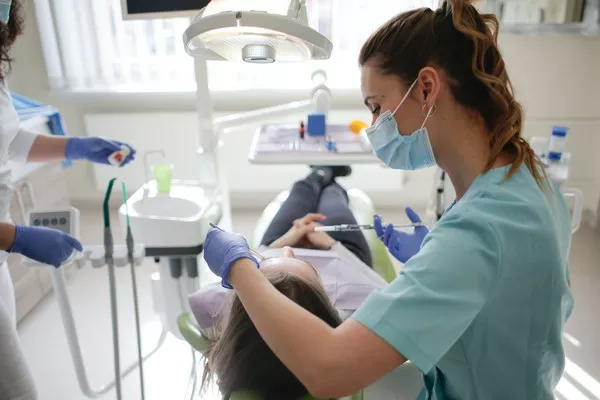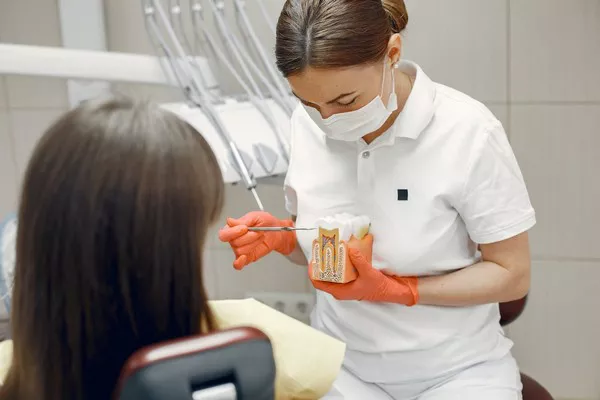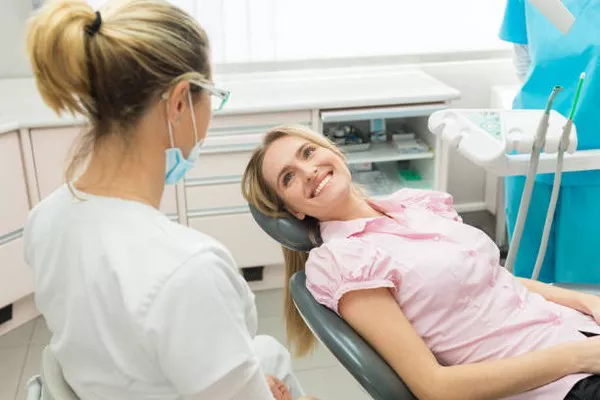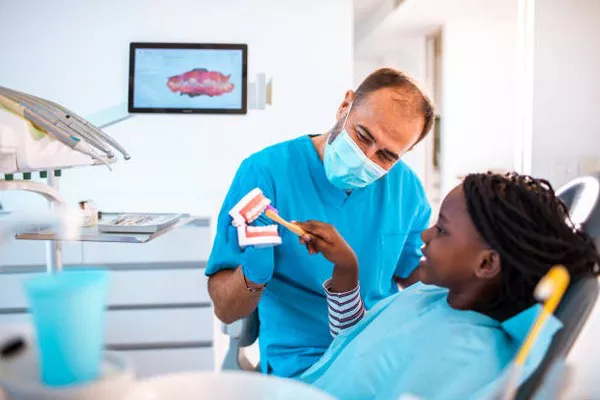Adult orthodontics relatively speaking, the difficulty in all aspects is slightly greater, so many patients who want to do orthodontics will be concerned about adult orthodontics will not have a certain harm, in this regard, the following please tell us about the dental doctor.
Orthodontic treatment is not harmful, and adult orthodontic treatment is not harmful. Orthodontic treatment is a slow biological reconstruction process that induces tooth movement by light force. It is absorbed by the alveolar bone on one side of the moving tooth, and the alveolar bone on the other side is rebuilt, so that the corrected tooth is repositioned and stabilized.
The harm of orthodontic treatment in clinic is mostly the reaction after orthodontic treatment, which belongs to normal orthodontic treatment.
As long as after orthodontic treatment, consumers do a good job of postoperative care, so that the so-called “orthodontic hazard” will not have any adverse impact on the health of consumers.
But does not rule out, adult orthodontics have a certain influence on the May 1) in the process of orthodontics impact on dental pulp: in the early treatment of dental pulp inside produce slight and temporary inflammation, characterized by patients in the first few days of tension with pain or discomfort, but experiments show that this influence is of no clinical significance.
2) The influence of orthodontic treatment on tooth root: During orthodontic treatment, resorption and proliferation of tooth root surface also occur.
After treatment, the root will return to normal by its own repair ability. However, if excessive force is applied during treatment, the risk of root resorption will be increased.
3) Influence of orthodontic treatment on alveolar bone height:
Done orthodontics treatment, there will be a small amount of alveolar bone height is reduced, this is due to wear and correcting device make oral hygiene is not easy to maintain, increase the chance of gingivitis, has certain influence to the alveolar bone, after the treatment, alveolar bone will no longer continue to absorb, if good oral hygiene to keep, alveolar bone will gradually returned to normal.
4) Orthodontic loosening of teeth: under normal circumstances, each tooth has a certain physiological movement to cushion chewing pressure and prevent tooth trauma.
During orthodontic treatment, tooth loosening increases, which is a normal reaction.
For a tooth to move, it needs to rebuild the alveolar bone and the periodontal membrane, because the tooth is held in the alveolar bone by the periodontal membrane, so the tooth can become loose.
However, after the teeth are corrected to the normal position and stop moving, the teeth can be reattached to the periodontal membrane through their own repair ability and become stable, without permanent damage.
Therefore, if it is found that the loosening degree of the tooth is too large, it should be suspended to allow it to recover for a period of time before continuing to add force.






























